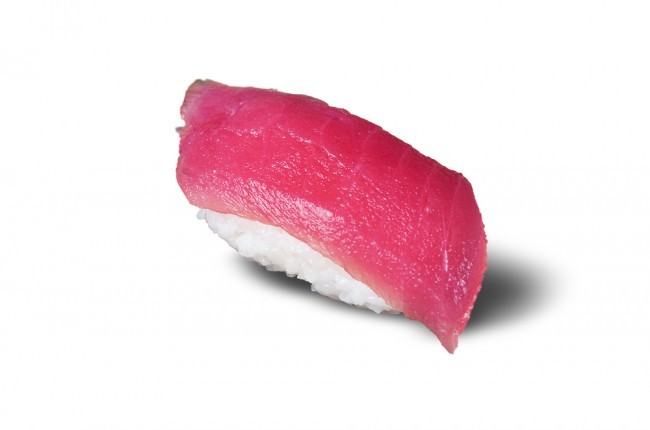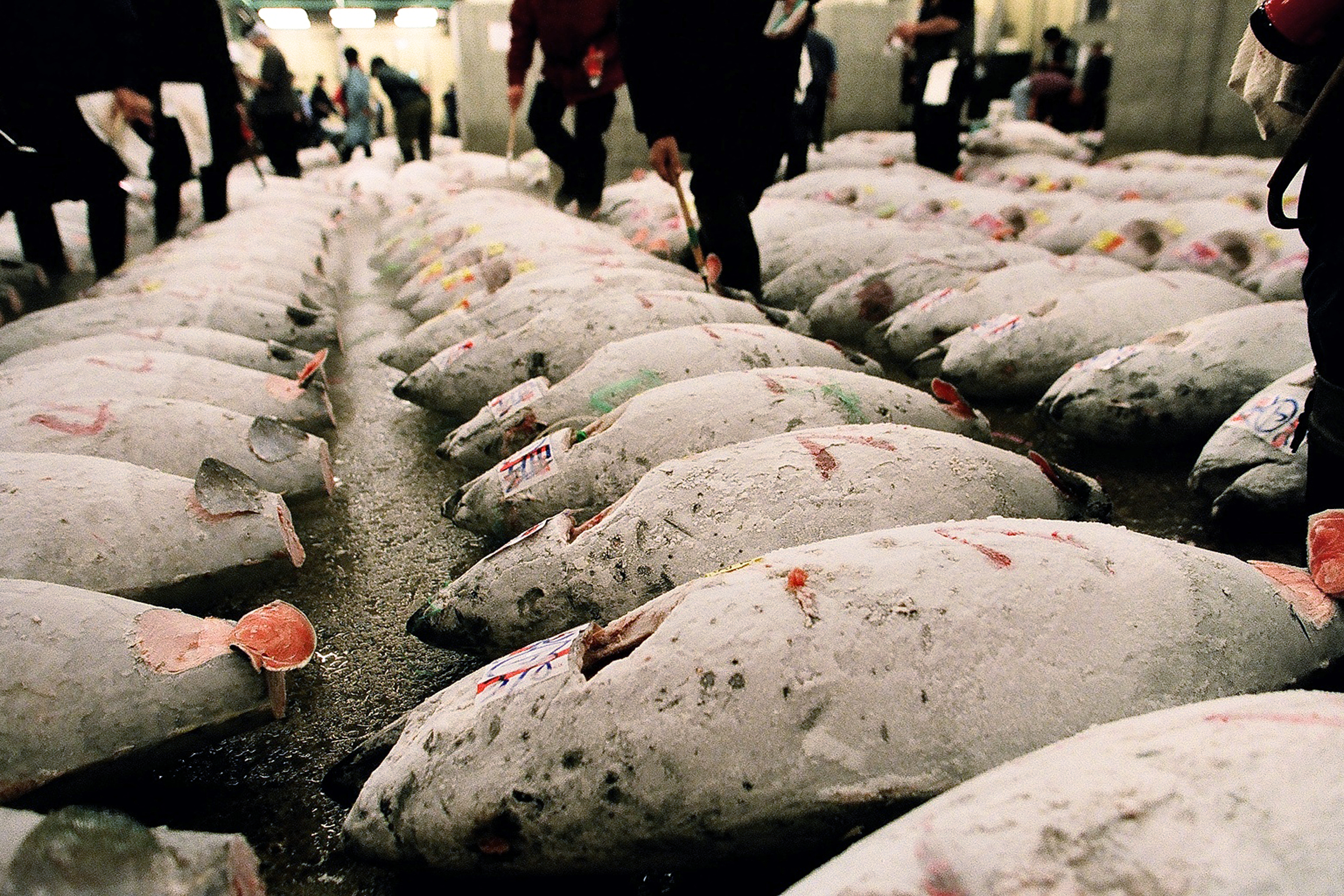
The quote, “there are more fish in the sea” has never been more meaningful. There are so many fish in the sea that it’s pretty easy to sell someone an Antarctic toothfish while making them pay for sea bass. Especially when the sea bass supply (like cod, tuna, etc) are rapidly in decline and growing more costly by the day. The problem is that it’s fraud and it’s happening everywhere.
When we spend our heard earned money on something, we expect to actually get what we paid for. When we pay for a Corvette we don’t expect to arrive at home and realize the Chevy emblem is glued over a Gremlin logo. When we pay for red snapper, halibut or some other more expensive fish at a restaurant we want to actually find that fish on our plate. Not the “Ex-Lax” fish.
A recent study from Loyola Marymount and UCLA found something really jarring about the fish we order from restaurants. They saw that almost 50% of the fish used to make sushi in Los Angeles isn’t labeled properly. The most often mislabeled fish are red snapper, sea bass, cod, grouper, white tuna and halibut.
Although this study was based in California, this isn’t just isolated to that specific area. Ask a chef and they will likely tell you that this is something happening all the time all over the world. We’ve written about it often, and it isn’t even a recent phenomenon.
Back in 2013, a nonprofit group called Oceana did a similar study. They tested fish purchased in twelve different areas of the country. They didn’t limit their experiment to sushi restaurants. They also tested fish purchased at seafood restaurants and supermarkets. Of the 120 samples, they found that almost 30 different fish were mislabeled as red snapper alone. This study found two big things: the most likely place to buy mislabeled fish was at sushi restaurants and one-third of the samples were labeled incorrectly.
For this recent study, researchers purchased sushi at 26 different sushi restaurants in the Los Angeles area. They checked the DNA and found a pretty disheartening trend. 47 percent of the checked fish weren’t labeled correctly. If you don’t think this is a big deal than you must enjoy paying top dollar for yellowfin tuna only to actually eat something much cheaper. If you’re okay with this you might as well just set your money on fire while you eat canned tuna. This is a huge jump from the 33% of mislabeling found in Oceana’s study. Fish fraud seems to be on the rise.

This didn’t happen overnight in Southern California. The information for this study was collected over four years from 2012-2015. Researches noted that even though this topic has been discussed by the media in the past and fishing regulations have become more strict, it doesn’t seem to stop mislabeling of fish. Fisherman are going to keep doing it until they get caught. Why would you spend so much money to get top-shelf fish when your guests don’t even notice the difference?
“Half of what we’re buying isn’t what we think it is,” Paul Barber, a UCLA professor of ecology and evolutionary biology and senior author of the study told UCLA Newsroom. “Fish fraud could be accidental, but I suspect that in some cases the mislabeling is very much intentional, though it’s hard to know where in the supply chain it begins. I suspected we would find some mislabeling, but I didn’t think it would be as high as we found in some species.”
One of the best ways to stop fish fraud from happening is by holding fisherman accountable for their actions. That’s why projects like Dock to Dish are so important. A trust needs to be built between fisherman and chefs so that this will finally stop happening. When you order a plate of calamari, you’d probably rather not enjoy a plate of pig anus. It’s slightly less appetizing.






